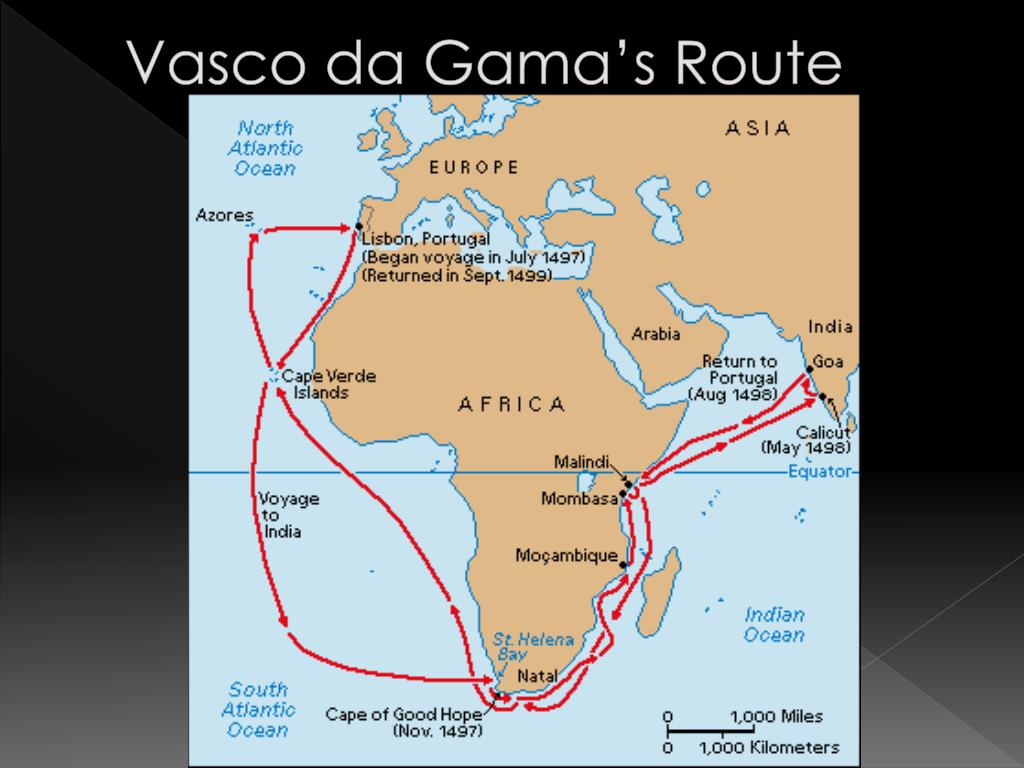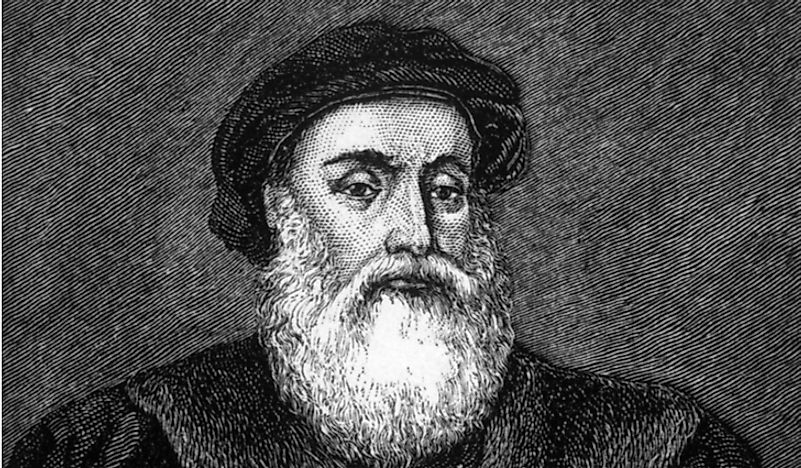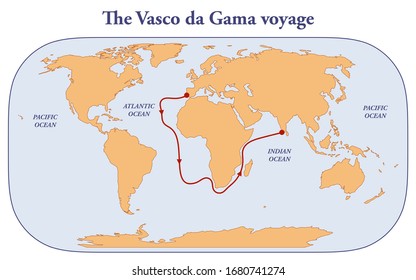


To complement the sea voyages of Diaz, the Portuguese monarch King John II also sent Pedro da Covilha, a fluent Arabic speaker, out on a dangerous overland journey to India. By rounding the Cape of Good Hope, Diaz proved that the Atlantic and Indian Oceans were not landlocked, as many European geographers of the time thought, and rekindled the idea that a sea route to India might indeed be feasible. It was not until 1487 that Bartholomew Diaz set off on the voyage that finally reached the southern tip of Africa. For 40 years, Henry sponsored voyages of exploration south along the west African coast, resulting in a lucrative trade in slaves and gold - but the southern extent of the continent remained unknown to Europeans, and the Prince's dream was not realised.

He had hoped to be aided by an alliance with the elusive Prester John, whose Christian empire was thought to exist somewhere in Africa and who might have provided assistance to Christians in any fight to overcome Muslim dominance of the Indian Ocean trade. Henry's intention had been to find a sea route to India that would give Portugal access to the lucrative trade in spices from the Far East.


 0 kommentar(er)
0 kommentar(er)
